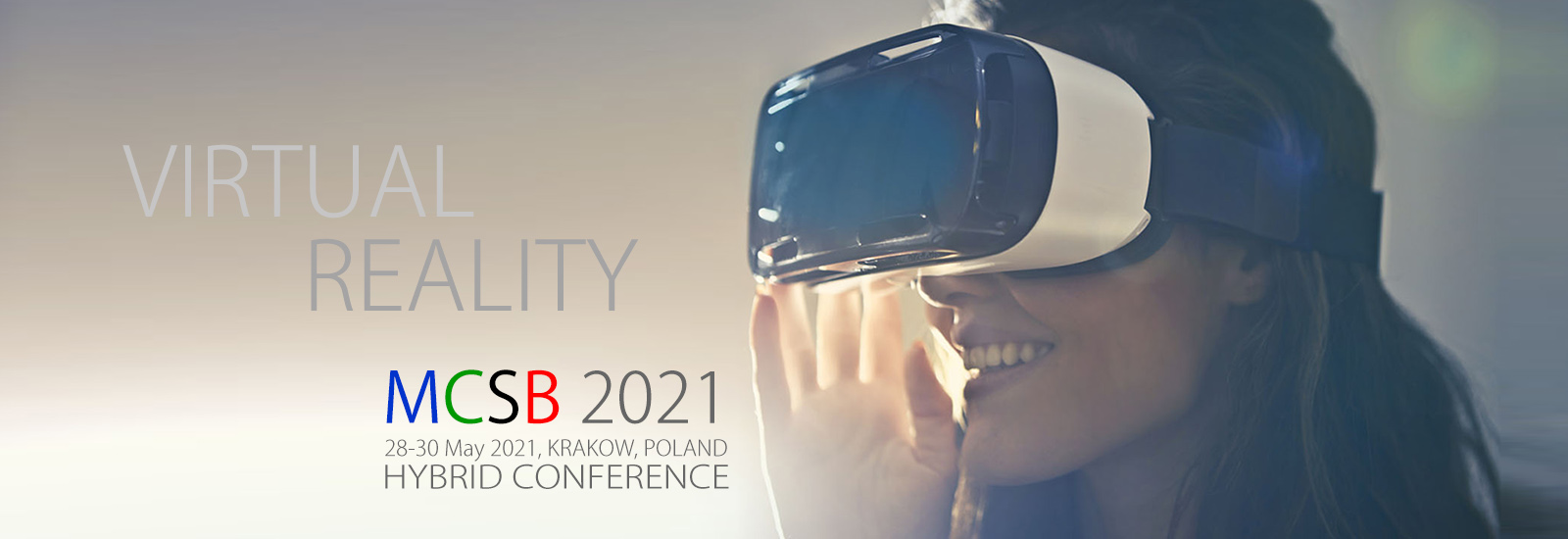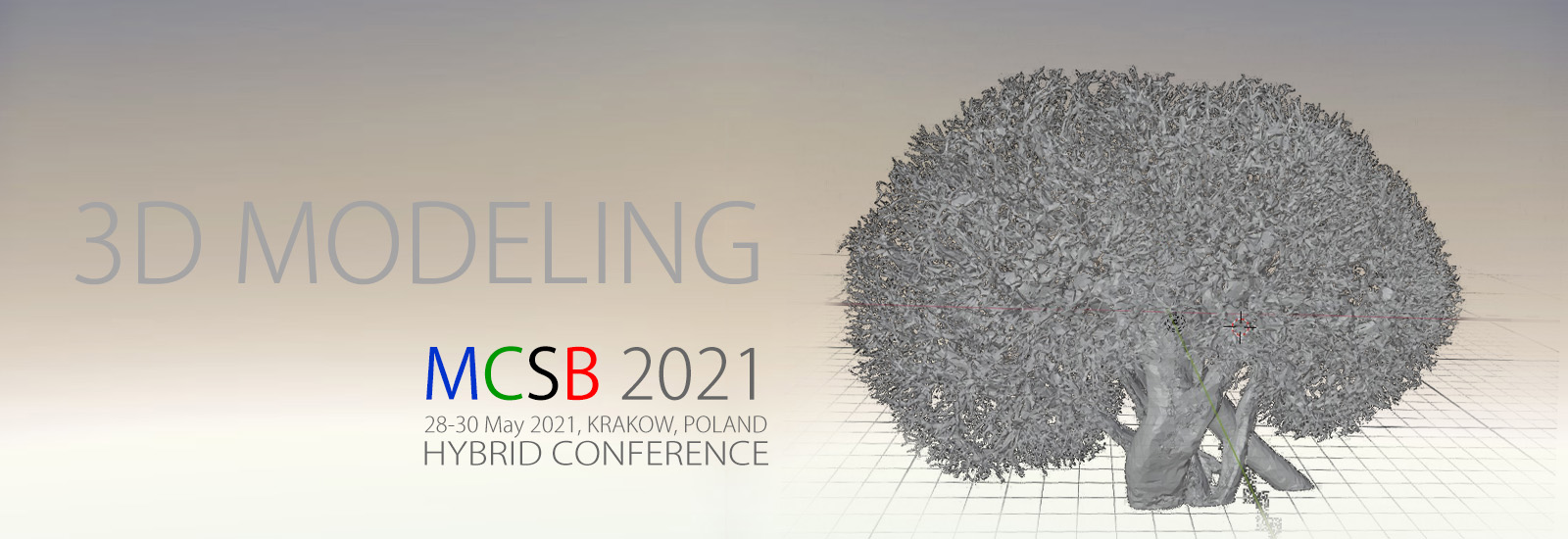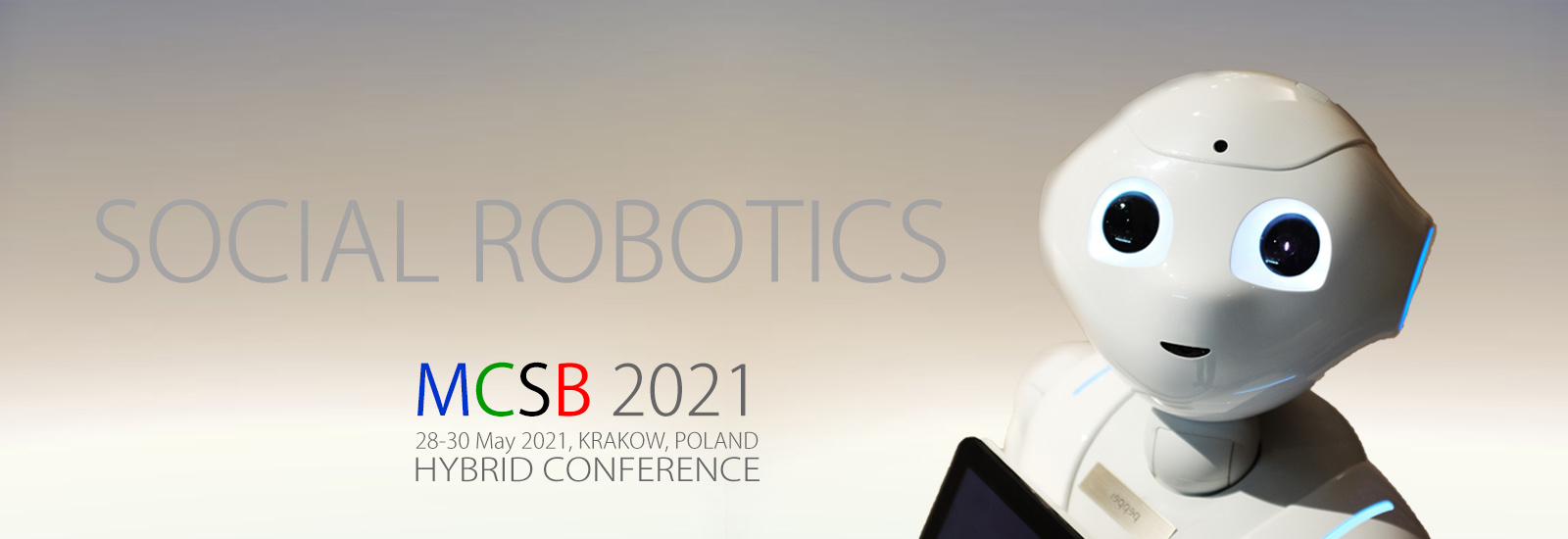SOCIAL PARANOIA CAN BE TRIGGERED BY 360-DEGREE VIDEOS IN VIRTUAL REALITY: A PILOT OF THE PATIENTS WITH SCHIZOPHRENIA
Kruk D 1, Plencler I 1, Walecki P 2, Daren A 3, Mętel D 1, Stankiewicz P 1, Proniewska K 2, Siwek M 4, Cechnicki A 1
1 Community Psychiatry and Psychosis Research Center, Chair of Psychiatry, Jagiellonian University Medical College, Kraków, Poland
2 Department of Bioinformatics and Telemedicine, Jagiellonian University Medical College, Kraków, Poland
3 Faculty of Psychology, Pedagogy and Humanities, Andrzej Frycz Modrzewski Krakow University, Poland
4 Department of Affective Disorders, Chair of Psychiatry, Jagiellonian University Medical College, Kraków, Poland
Virtual Reality (VR) has been widely used in psychiatry, including psychotic disorders. Since early 2000s, there has been plenty of research conducted on the mechanisms, symptom assessment and most recently – therapy of paranoia. The main advantage of VR is its high ecological validity and controllability of the virtual environment. Until now, one of the barriers preventing further dissemination of this technology was its high cost.. Although the majority of research utilized computer generated virtual environments, there were some attempts to use 360-degree videos. Our main goal was to test whether, similarly to computer-generated VR, 360-degree videos are able to elicit a state of social paranoia in prone individuals. Sixteen schizophrenia patients and twenty-three healthy individuals were recruited for the study. Both groups were assessed using Leibowitz Social Anxiety Scale (LSAS) and State-Trait Anxiety Inventory (STAI). Additionally, in the patient group, Positive and Negative Syndrome Scale (PANSS-6) and Peters Delusional Inventory were used. The participants viewed four 360-degree videos recorded in Cracow, with and without social stressors. The videos were presented on Gear VR goggles in two series with a simultaneous measurement of heart rate. Each series consisted of one neutral and one social video. Momentary anxiety and sense of presence were assessed with one-item scales, while paranoia with a social state paranoia scale (SSPS). The schizophrenia patients reported higher momentary anxiety, although the results of SSPS did not differ significantly between groups. A significant difference in heart rate resulting from interaction between group and video type, i.e. the first neutral and social video was observed, with patients experiencing an increase in heart rate and controls experiencing a decrease. There was a significant correlation of paranoid ideation experienced on daily basis (PDI) and elicited in VR (SPSS) in the patient group. Both patients and healthy controls reported relatively high sense of presence and positively rated the videos, although some of the subjects complained on lack of interaction. Paranoid responses can be triggered in patients with schizophrenia by 360-degree videos. Further studies are needed to investigate the potential of using 360-degree videos for treatment of paranoia in psychotic disorders.





